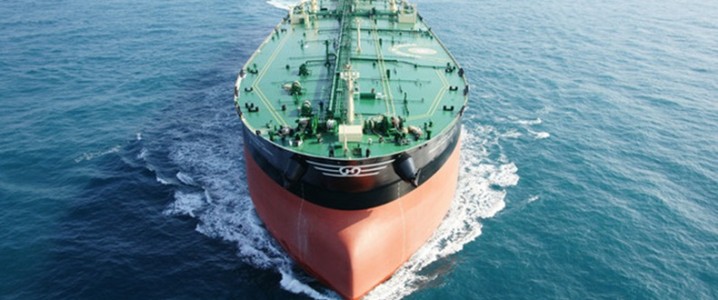Crude tankers are once again firing on all cylinders, with freight rates surging across all segments as oil in transit reaches its highest level in more than five years.
According to data from Vortexa, total crude and condensate in transit rose to 1.31 million barrels per day in mid-October, a level not seen since May 2020 during the pandemic-era floating storage boom. The surge is being driven less by traditional supply-and-demand dynamics and more by geopolitical disruptions, notably delivery delays of sanctioned oil cargoes bound for China and India.
Very Large Crude Carrier (VLCC) rates have rebounded to around $82,000–$85,000 per day, while Suezmax rates recently hit their highest levels since November 2023, and Aframax earnings have doubled since June. Individual fixtures are once again nearing six figures, with Petrobras, Equinor, and other charterers paying premiums for long-haul voyages amid tightening vessel availability.
Vortexa’s chief economist David Wech said the buildup of sanctioned barrels at sea is inflating oil-in-transit figures. “The surplus in the crude market is basically building up in terms of sanctioned barrels that China and partly India are not able or willing to import,” he noted, adding that these inefficiencies are supporting compliant tonnage rates.
The situation has fueled debate over whether a new floating storage phase could emerge if prompt oil prices fall further relative to futures. Poten & Partners analyst Erik Broekhuizen said that a steep contango could “give a boost to the large tanker market along the lines of what happened when Covid hit in 2020.”
Clarksons Securities expects VLCC rates to average around $63,000 per day in 2026 under moderate OPEC cuts and sees potential for a run-up to $200,000 per day if floating storage surges.
For now, strong exports from the Middle East and the Americas, coupled with mounting geopolitical inefficiencies, have kept tanker owners firmly in the driver’s seat.
By Charles Kennedy for Oilprice.com
More Top Reads From Oilprice.com:

